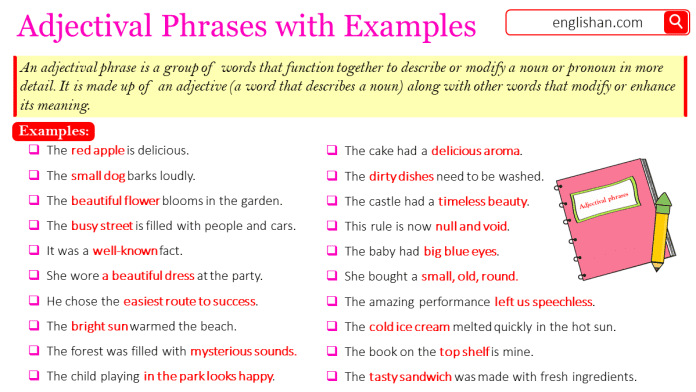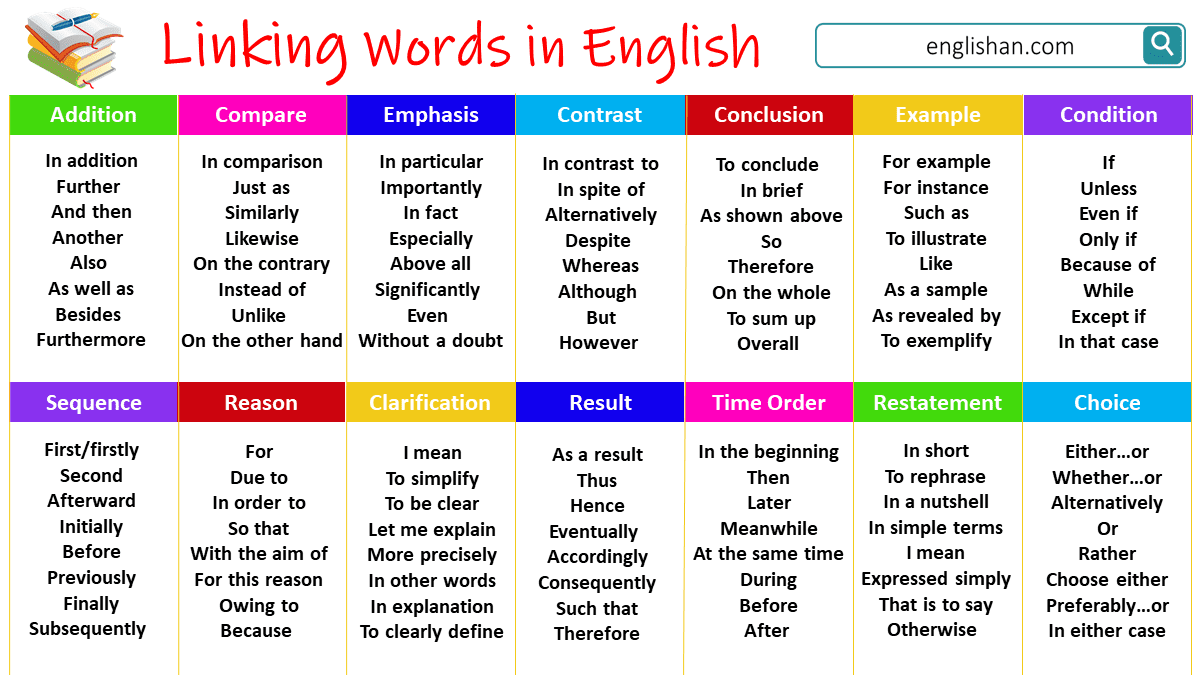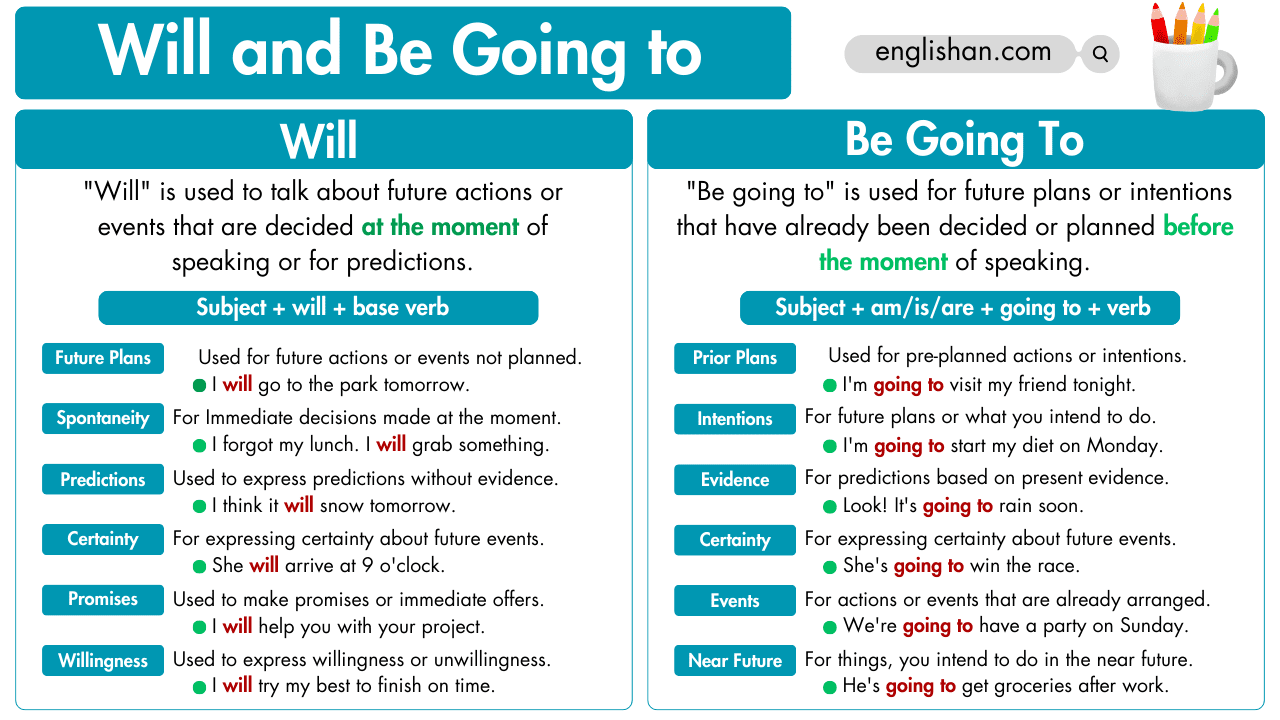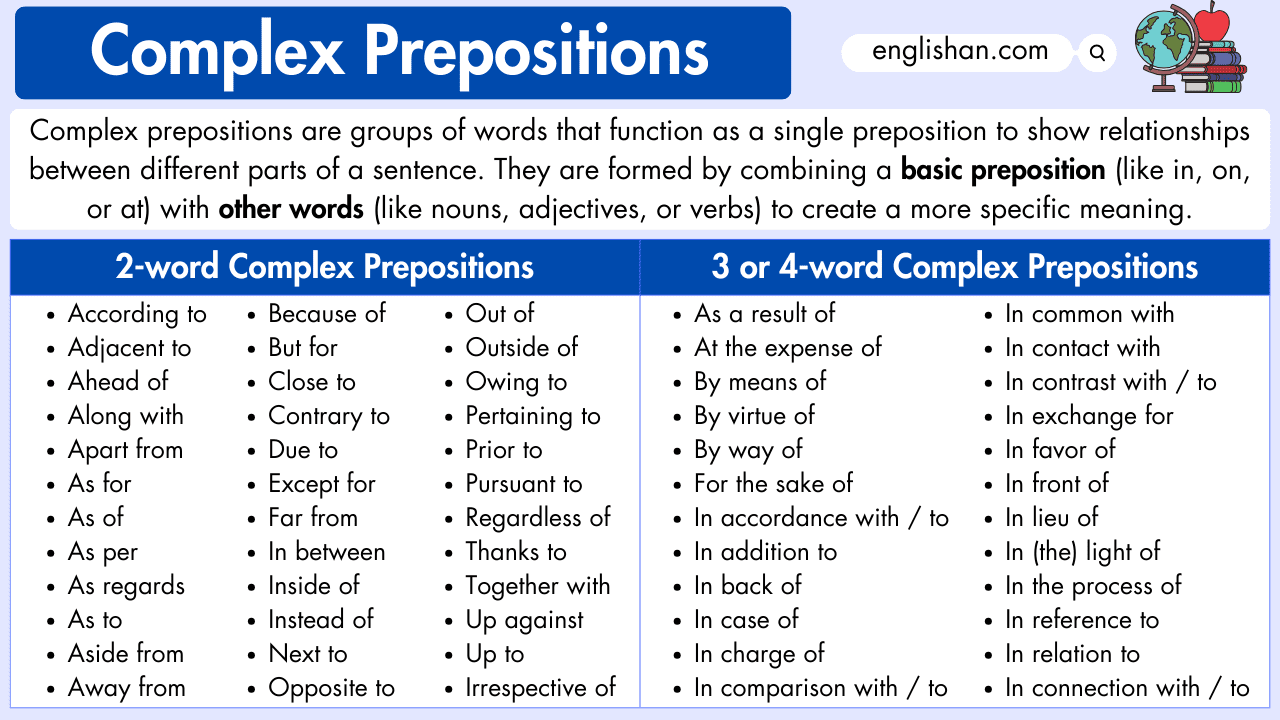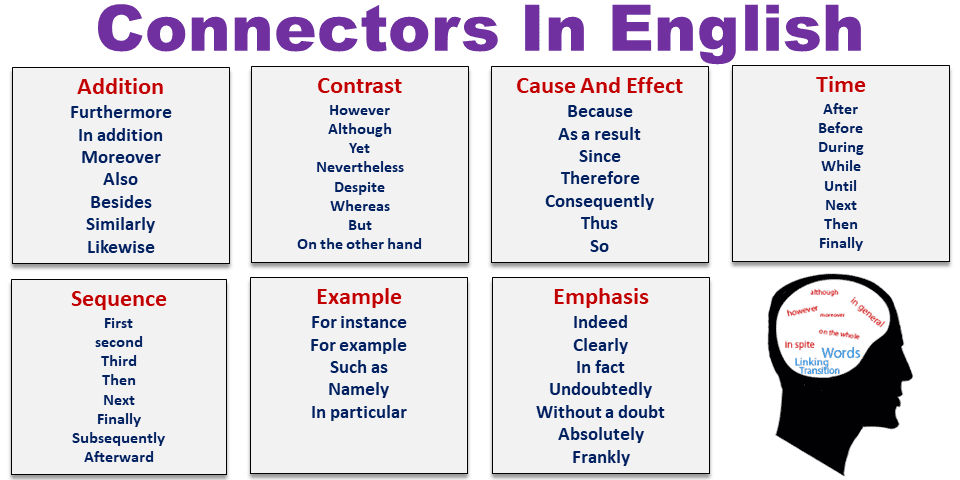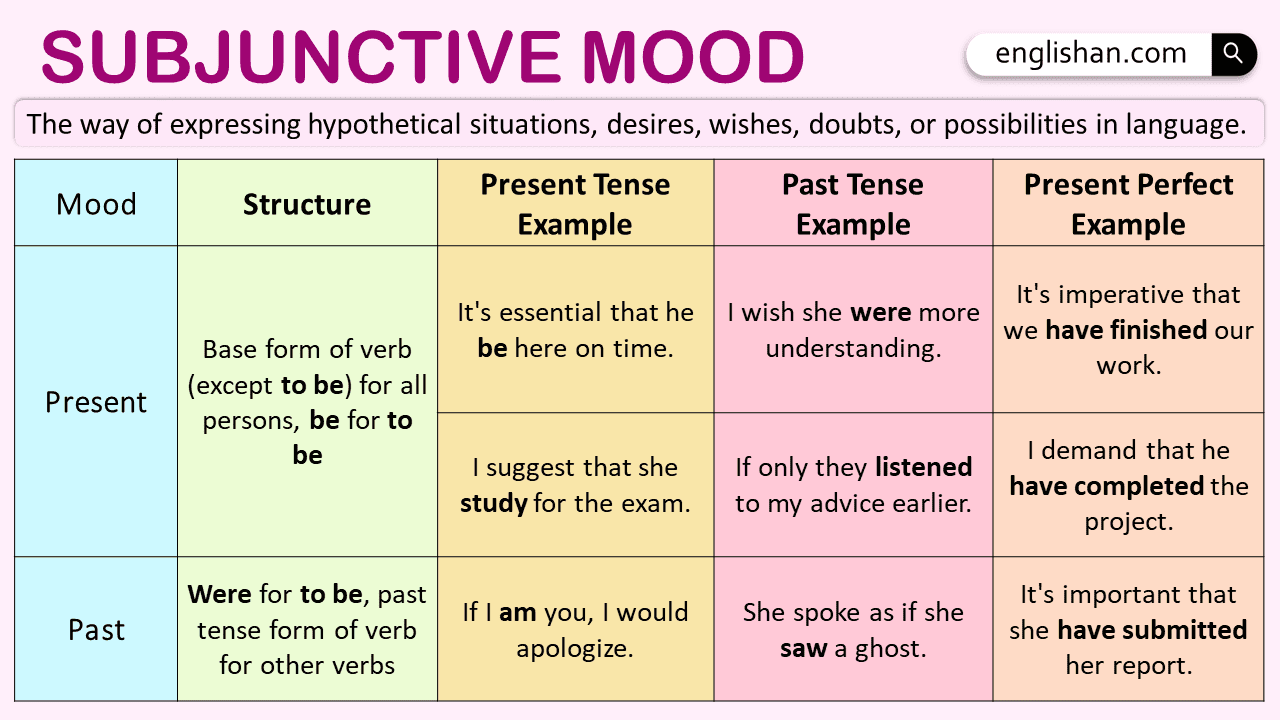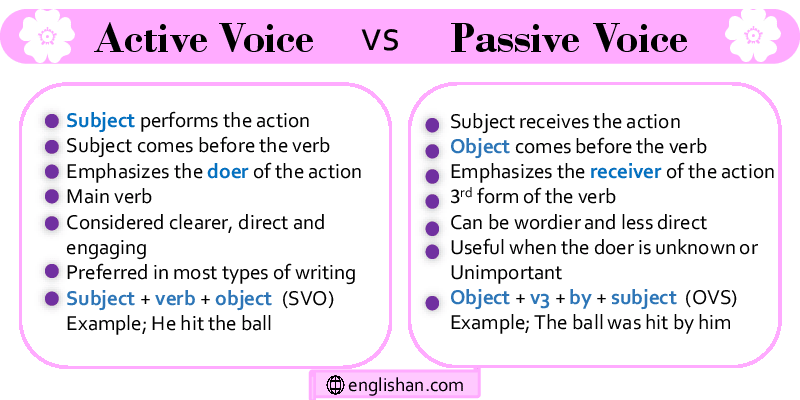Contents
Adjectives describe or modify the noun, but sometimes a single word isn’t enough to capture the complexity of what we’re trying to convey. That’s where adjectival phrases come in. An adjectival phrase is a group of words that function together to describe or modify a noun or pronoun in more detail. Proper use of adjectival phrases can help to clarify meaning, paint vivid pictures in the reader’s mind, and create more dynamic and engaging writing. In this article, we will discuss everything you need to know about adjectival phrases like, what they are, how they function in a sentence, and examples of how to use them effectively. So let’s get started!
What is an Adjectival phrase?
An adjectival phrase is a group of words that functions as an adjective to provide more information and description about a noun in a sentence. It is made up of an adjective (a word that describes a noun) along with other words that modify or enhance its meaning. These additional words can include articles, determiners\modifiers, adverbs, prepositional phrases, or even other adjectives. Adjectival phrases help to make our language more vivid and expressive by adding details and qualities to the nouns they describe.
For example:
- The beautiful red roses in the garden are blooming.
In this sentence, “beautiful red” modifies the noun “roses,” giving us more information about their color and appearance.
- The book on the shelf is a classic.
In this sentence, “on the shelf” is an adjectival phrase that describes the noun “book.” It tells us where the book is located.
- She had a smile as bright as the sun.
Here, “as bright as the sun” is an adjectival phrase that enhances the description of the noun “smile.” It compares the brightness of her smile to the sun.
How to Identify Adjectival Phrases in a Sentence
Here are some basic rules for using and identifying them appropriately, along with example sentences:
- Adjectival phrases usually consist of an adjective and any modifiers that come before or after it.
- They directly modify a noun or pronoun in the sentence.
- Adjectival phrases are often placed right before or after the noun they modify
- They do not contain a subject and a verb.
- They provide more details about the noun, such as its size, color, origin, material, etc.
- They answer questions like “What kind?” or “Which one?” about the noun.
Structure of an Adjectival Phrase
- Adjective + Adverb
Example: A highly skilled musician
-
Adjective + Prepositional Phrase
Example: The book on the top shelf is my favorite.
-
Adjective + Relative Clause
For example: The car that is parked in front of the house is red.
-
Adjective + Participle Phrase
Example: The child playing in the park looks happy.
-
Adjective + Prepositional Phrase + Participial Phrase
Example: The house with the white picket fence, shining in the sun.
Basic Rules for Using Adjectival Phrases
Here are some basic rules for using adjectival phrases with example sentences:
- Place the adjectival phrase close to the noun it modifies for clarity and to avoid confusion.
- The adjectival phrase should agree in terms of number and gender with the noun it modifies.
For example: “the beautiful flowers” or “the handsome men.”
- When an adjectival phrase comes before the noun, it’s usually not separated by commas.
Example: The car parked in front of the house is mine.
- Use commas to separate nonessential adjectival phrases. For example,
The book, which is on the shelf, is interesting.
- Arrange multiple adjectival phrases in a logical order. The order is generally: opinion, size, age, shape, color, origin, material, and purpose.
Example: He bought a small, round, red balloon.
- They can be used to make comparisons. For example,
This book is more interesting than the previous one.
- If it appears before the noun, use a comma to separate it from the rest of the sentence.
- If the adjectival phrase consists of multiple words that together modify a noun, use hyphens to connect them.
Example: He bought a well-known painting.
- Avoid Repetition, choose the most relevant ones.
- If using multiple adjectival phrases, maintain parallel structure in terms of form and placement.
Example: She is intelligent, hardworking, and dedicated.
Adjectival phrases vs Adjectival clauses
An adjectival phrase is a group of words that functions as an adjective to modify a noun, providing additional information about it. It lacks a subject and a verb, and it cannot stand alone as a complete sentence. For example,
The book with the red cover is mine.
In contrast, an adjectival clause is a group of words that also functions as an adjective to modify a noun, but it includes a subject and a verb and can stand alone as a complete sentence. Adjectival phrases modify nouns without containing a subject-verb relationship, while adjectival clauses do contain a subject-verb relationship and can function independently as sentences. For example,
The book that I read yesterday was captivating.
Example Sentences
- The red apple is delicious.
- The small dog barks loudly.
- The beautiful flower blooms in the garden.
- The busy street is filled with people and cars.
- It was a well-known
- She wore a beautiful dress at the party.
- He chose the easiest route to success.
- The bright sun warmed the beach.
- The cake had a delicious aroma.
- The dirty dishes need to be washed.
- The tasty sandwich was made with fresh ingredients.
- The castle had a timeless beauty.
- This rule is now null and void.
- The baby had big blue eyes.
- The forest was filled with mysterious sounds.
- She bought a small, old, round
- The amazing performance left us speechless.
- The cold ice cream melted quickly in the hot sun.
- Her hair was silky and smooth.
- The small dog barked loudly.
- The noisy alarm woke me abruptly.
- The fast car raced down the road.
- The quiet library was peaceful.
- His performance was energetic and dynamic.
- The cold ice cream melted quickly.
- Shiny stars lit up the night sky.
- The hot sand burned my feet.
- The big, red apple fell from the tree.
- The classroom was neat and organized.
- The beautiful red roses in the garden are blooming
- The movie’s ending was unexpectedly boring.
- She received an award for her outstanding academic performance.
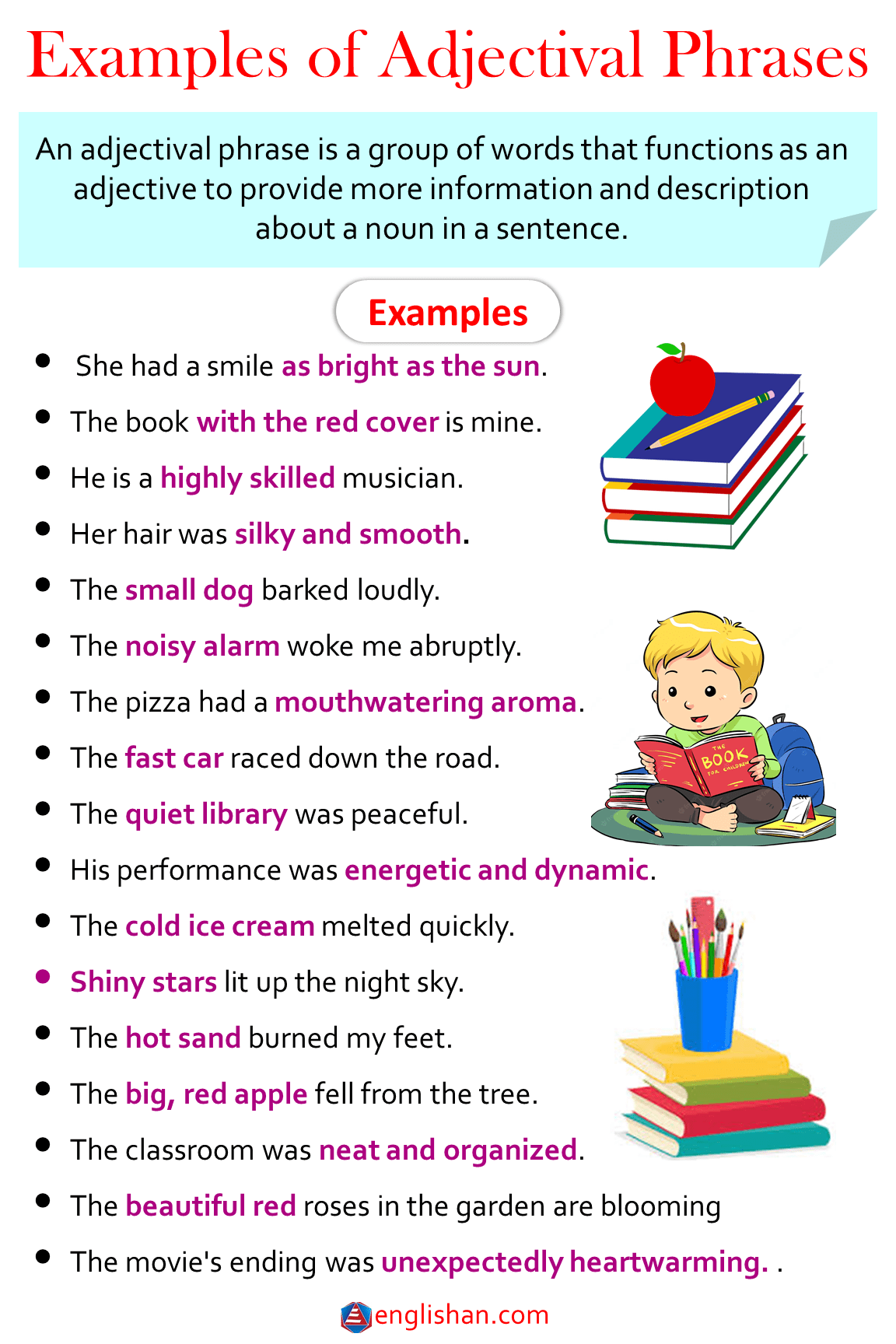
FAQs:
An adjectival phrase is a group of words that describes a noun or pronoun. Here’s an example:
The house with the red door is mine. “With the red door” is the adjectival phrase describing “house.”
It provides extra information about the noun!
Here are 10 examples of adjective phrases:
1. Full of energy – She is full of energy.
2. Covered in snow – The car is covered in snow.
3. As tall as a tree – The building is as tall as a tree.
4. Bored with the lesson – He is bored with the lesson.
5. Bright with sunlight – The room is bright with sunlight.
6. Made of gold – The necklace is made of gold.
These phrases describe something more about a person or thing!
Here are some examples of adjectival words:
1. Happy
2. Tall
3. Blue
4. Fast
5. Strong
6. Beautiful
7. Cold
8. Funny
9. Smart
10. Large
These words describe people, things, or places!
Here’s how to identify adjectival phrases and adjectival clauses in a simple way:
Tips:
Adjectival phrases don’t have a subject and verb.
Adjectival clauses have both a subject and a verb and usually begin with a relative pronoun (like “who,” “which,” or “that”).
Both phrases and clauses add more details to a sentence by describing a noun!
Read More
